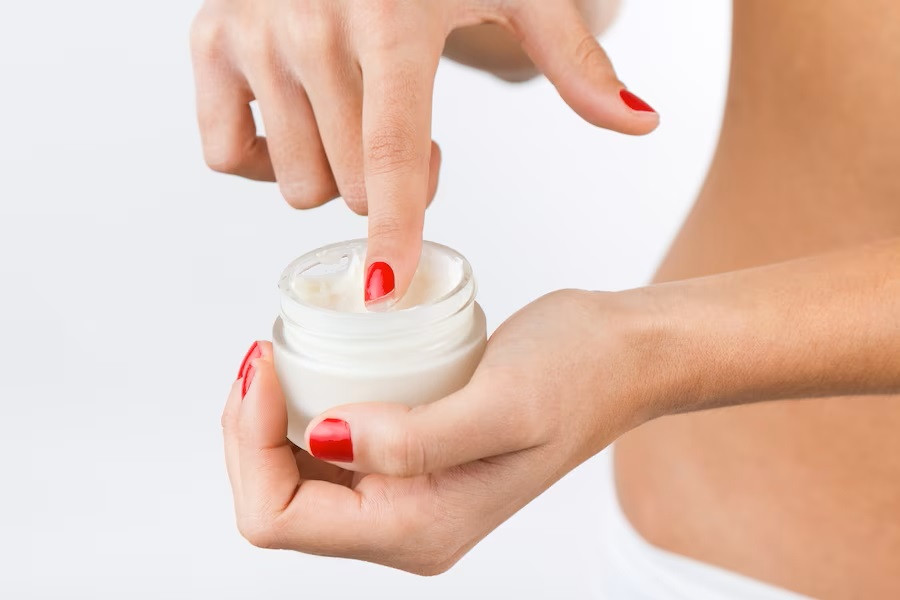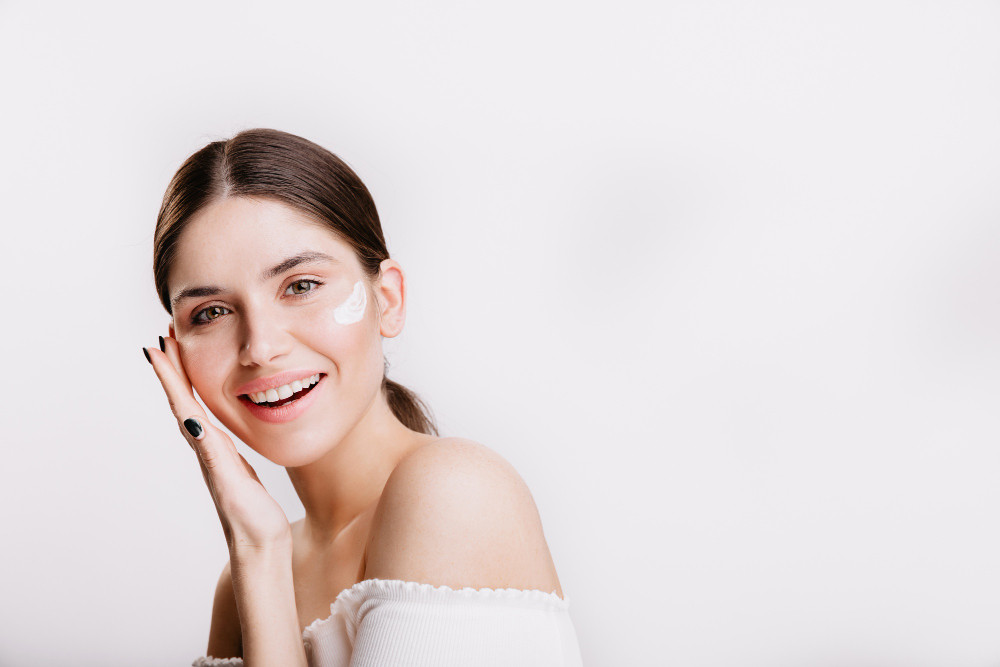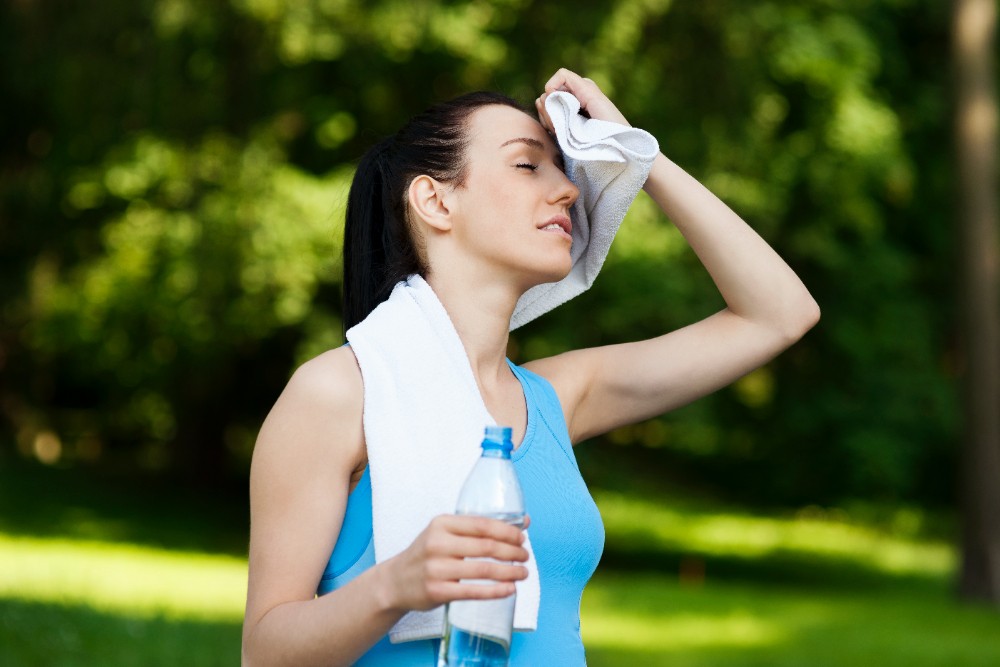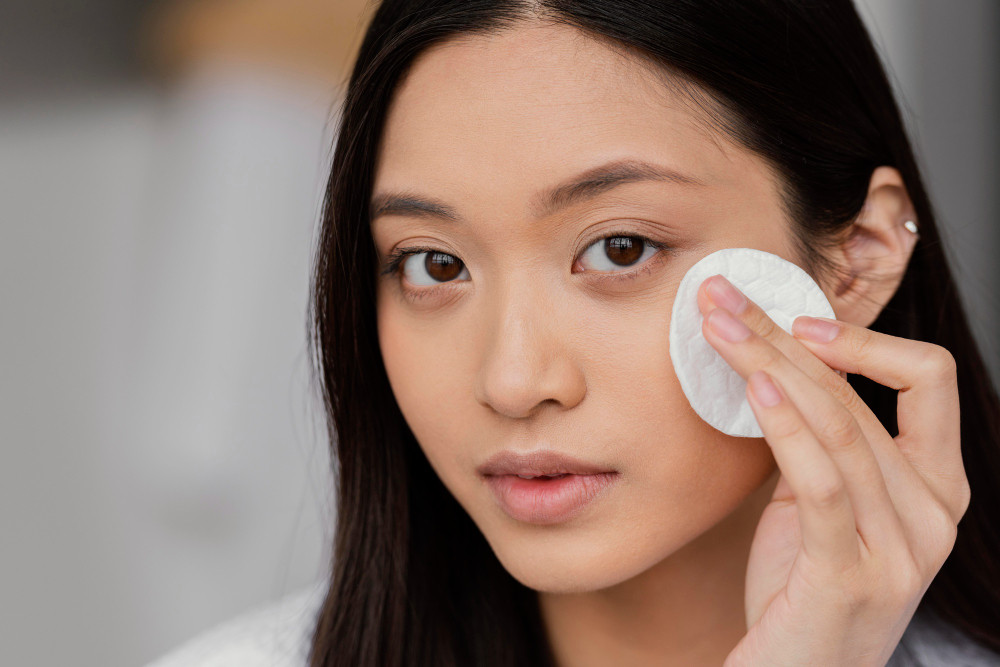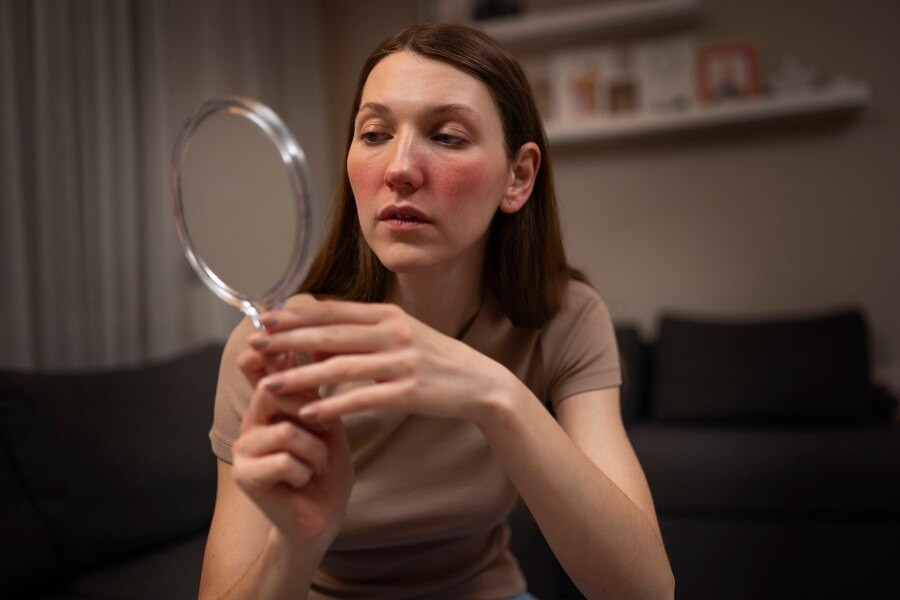Penting bagi setiap orang untuk mengetahui bahan kimia apa saja yang terkandung dalam kosmetik yang digunakan sehari-hari. Kosmetik bukan melulu merujuk pada make up, namun juga termasuk pelembap, sampo, pasta gigi, deodoran, pewarna rambut, parfum, dan juga cat kuku.
Beberapa bahan kimia aman digunakan dan telah sesuai dengan peraturan yang ada. Namun, Anda perlu waspada terhadap beberapa bahan kimia berikut yang berisiko berbahaya bagi kulit.
Diethanolamine (DEA)
Diethanolamine adalah salah satu bahan kimia yang digunakan dalam berbagai produk seperti sampo, sabun, pembersih, dan kosmetik lain serta farmasi. Penelitian menunjukkan bahwa paparan inhalasi DEA pada manusia dapat menyebabkan iritasi pada hidung dan tenggorokan, sedangkan paparan pada kulit menyebabkan iritasi kulit.
DEA sempat disebutkan memiliki efek karsinogenik, namun hingga saat ini belum ada informasi lebih lanjut terkait penggunaan jangka panjang yang berdampak pada reproduksi maupun kanker.
Formaldehida
Formaldehida adalah sejenis gas yang hampir tidak memiliki warna dengan aroma yang menyengat. Paparan zat ini bisa menyebabkan iritasi di mata, hidung dan tenggorokan walau dalam kadar rendah dan paparan waktu yang singkat. Makin panjang waktu paparan dan makin besar dosisnya dapat menyebabkan batuk dan tersedak. Dalam kondisi yang lebih parah, paparannya bisa mengakibatkan pembengkakan tenggorokan atau luka bakar kimia di paru-paru hingga kematian.
Baca Juga: Bahan Kimia di Dalam Skincare yang Berbahaya Bagi Ibu Hamil
Paraben
Paraben adalah bahan kimia yang digunakan dalam produk kosmetik yang berfungsi sebagai pengawet. Jenis paraben yang sering digunakan dalam produk kosmetik misalnya seperti methylparaben, propylparaben, butylparaben, dan ethylparaben.
Penggunaan paraben bisa berdampak iritasi kulit, gangguan kesuburan dan organ reproduksi, memengaruhi kelahiran serta meningkatkan risiko kanker.
Siloksan atau Silikon
Siloksan atau silikon banyak digunakan dalam berbagai produk perawatan kulit, kosmetik, produk perawatan rambut serta bahan pelumas. Silikon memiliki sifat yang unik seperti kemampuan untuk memberikan kelembutan, kilau dan tekstur.
Sebagian besar siloksan dianggap aman untuk digunakan di bawah pengawasan ketat Badan POM, namun senyawa siloksan tertentu seperti cyclopentasiloxane (D5) dan cyclohexasiloxane (D6) menurut penelitian berisiko mengganggu fungsi hormon.
Baca Juga: Jenis-Jenis Paraben dan Kegunaannya dalam Produk Kosmetik
Sodium Lauryl Sulfate (SLS)
SLS umumnya ditemukan di dalam produk kecantikan dan pembersih yang berperan sebagai surfaktan atau agen pembersih dan pembentuk busa yang efektif.
Konsentrasi 1% atau di bawahnya dinyatakan aman untuk kulit. Namun, beberapa orang mungkin mengalami iritasi atau reaksi kulit terhadap bahan ini. Penggunaan jangka panjang produk yang mengandung SLS juga menyebabkan kekeringan kulit serta rusaknya lapisan barrier kulit.
Triclosan
Triclosan adalah bahan yang sering digunakan sebagai antimikroba dalam produk seperti sabun, pasta gigi, deodoran atau produk pembersih lainnya. Di beberapa negara termasuk Uni Eropa dan Amerika Serikat, penggunaannya telah dibatasi dan dilarang.
Penelitian menemukan bahwa triclosan berkontribusi mengembangkan alergi dan kepekaan terhadap makanan tertentu. Beberapa orang juga dilaporkan mengalami iritasi kulit dalam penggunaannya.
Selain itu, menurut beberapa penelitian terhadap hewan, triclosan dikaitkan sebagai bahan pengganggu endokrin yang memengaruhi fungsi sistem endokrin di dalam tubuh.
Dengan tetap waspada terhadap bahan-bahan di atas, Anda bisa terhindar dari risiko negatif yang merugikan tubuh. Untuk mengetahui lebih lanjut terhadap risiko paparan bahan kimia dan keluhan terkait penggunaan produk tertentu sebaiknya konsultasikan dengan dokter atau manfaatkan layanan konsultasi kesehatan melalui aplikasi Ai Care yang bisa diunduh di App Store atau Play Store.
Mau tahu tips dan trik kesehatan, pertolongan pertama, dan home remedies lainnya? Cek di sini, ya!
- dr. Monica Salim
Irene Lopez (2021). Are Harmful Chemicals Hiding in Your Cosmetics?. Available from: https://www.webmd.com/beauty/features/harmful-chemicals-in-your-cosmetics
FDA (2022). Diethanolamine. Available from: https://www.fda.gov/cosmetics/cosmetic-ingredients/diethanolamine
EPA (2023). Facts About Formaldehyde. Available from: https://www.epa.gov/formaldehyde/facts-about-formaldehyde
Tasha Stoiber, PhD (2019). What Are Parabens, and Why Don’t They Belong in Cosmetics?. Available from: https://www.ewg.org/what-are-parabens
US FDA (2022). Parabens in Cosmetics. Available from: https://www.fda.gov/cosmetics/cosmetic-ingredients/parabens-cosmetics
Jacquelyn Cafasso (2019). Cyclopentasiloxane in Cosmetics: Is It Safe?. Available from: https://www.healthline.com/health/cyclopentasiloxane
Chemical Safety Facts (2022). Sodium Lauryl Sulfate (SLS). Available from: https://www.chemicalsafetyfacts.org/chemicals/sodium-lauryl-sulfate-sls/
Anna Schaefer (2023). What Is Sodium Lauryl Sulfate (SLS)?. Available from: https://www.healthline.com/health/beauty-skin-care/what-is-sodium-lauryl-sulfate
Cleveland Clinic (2022). Triclosan. Available from: https://my.clevelandclinic.org/health/articles/24280-triclosan

